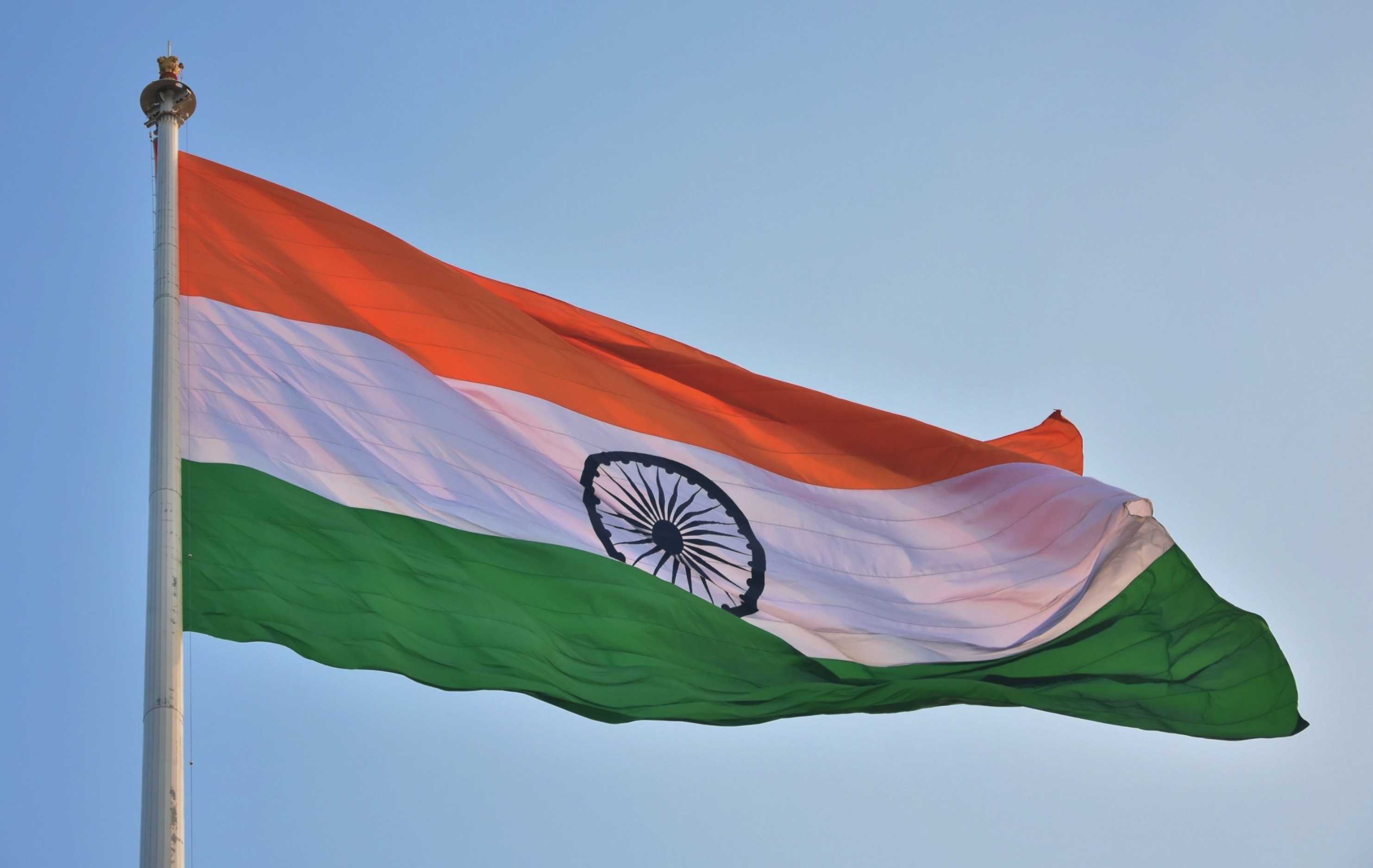The Walkability of a Place
- Led By Foundation

- Jul 10, 2021
- 3 min read
Updated: Aug 19, 2021
There is a sense of peace that walks allow us in our lives, which really cannot be matched with any other thing; it makes you befriend a city when you slowly start remembering the lanes to your new home, it makes you see the vulnerability of people while everyone is trying to cross a busy road, and it makes you learn about yourself on days you are too overwhelmed for anything other than walking yourself out (quite literally) of a mental crisis. But this pleasure of walking for pleasure is not available to everyone, or to most of the people. In today’s time, all spaces come with their baggage of politics, biases, and gendered lenses.
Having been fortunate enough to be able to attend a workshop by Sameera Khan, the author of “Why Loiter?”, I understood the subtle bias that even I harbor while trying to map women in public spaces. Upon her asking us to map the following groups on the street on one busy evening- a group of teenage girls, a group of teenage boys, two middle-aged women, two middle-aged men, etc.- I thought I was exceptionally correct and neutral by placing both genders in open spaces, but what I was not realizing was that I had a solid backing for placing women in their places, but not any such reasoning for placing men in theirs. We need stories and reasons for understanding why a woman is standing in one place because they need to justify taking any space at all, whether it's physical or emotional; men, on the other hand, don’t need a justification to take space; for making women stand on the crowded side of the road, I came up with stories for her waiting for her friend or standing near a landmark which will be easy to locate, whereas for making men stand in the same spots, I felt it did not require a backstory. Their freedom exists in a vacuum. There is an ease in the way they walk or express themselves, whereas women, on the other hand, are constantly correcting themselves for taking space, which they deserve. Therefore, exercises like these make one realize the nuances and subjectivity of gendered spaces, opinions, and understandings; the social conditioning has seeped deeper than we can imagine.
Being different has come with consequences in most domains of life. But concerning gender, the consequences involve safety and dignity on a daily basis. The performative nature of gender plays a strong role in gender notions being constructed by society; our surroundings regulate gender norms, standards, and roles, and if someone is an outlier to these standards, there is a requirement to prove their eligibility for getting help. But the hypocrisy lies in the fact that even if a “good girl” is in trouble, the upholding of gender standards does not shield her from abuse and blame. The approval from society, unfortunately, becomes essential in being labeled as a person deserving of help or not. This often leads to women being more conscious of their perception of safety rather than actual safety because the idea of being safe is associated with a collective responsibility rather than an individual need. With all these restrictions, checks, and responsibilities bestowed upon them, the concept of walking is not associated with pleasure or unloading; it becomes another channel for women to correct themselves, be conscious and be alert.
Therefore, the right to walk for pleasure is not available to everyone. No matter how many rules or laws change in favor of women's safety, their protection still lies in the hands of authority. People should not be scared of making women feel unsafe because of legal repercussions, but rather the realization that they are doing wrong to someone by not allowing them to take up space; there needs to be an education of mutuality and ethics. Providing restorative measures is important but what is more important is to change the way people think and prevent what requires restoration. The walkability of a city is not just restricted to material aspects of landscape and traffic; it delves much deeper into the abstracts of freedom, safety, and independence of the people of that city. A walk might be an avenue to a good conversation, breath of fresh air, mindfulness, and solitude, and all of these are essentials to surviving in the modern age by people, regardless of what gender, caste, class they belong to.
Aena Asif is a Led By Fellow 2021 and an undergraduate Liberal Arts student pursuing a Major in Psychology and a Double Minor in Anthropology and Peace and Conflict Studies from Symbiosis School for Liberal Arts, Pune.




Comments